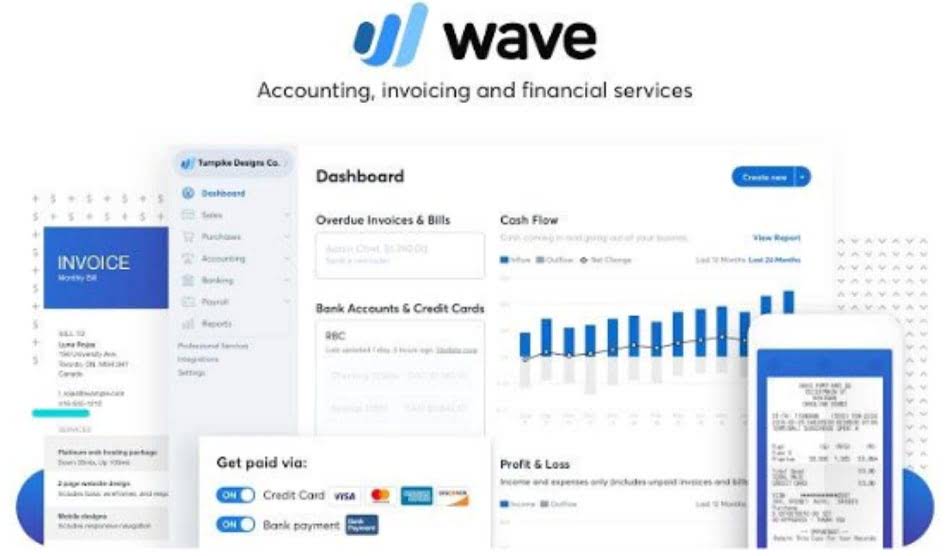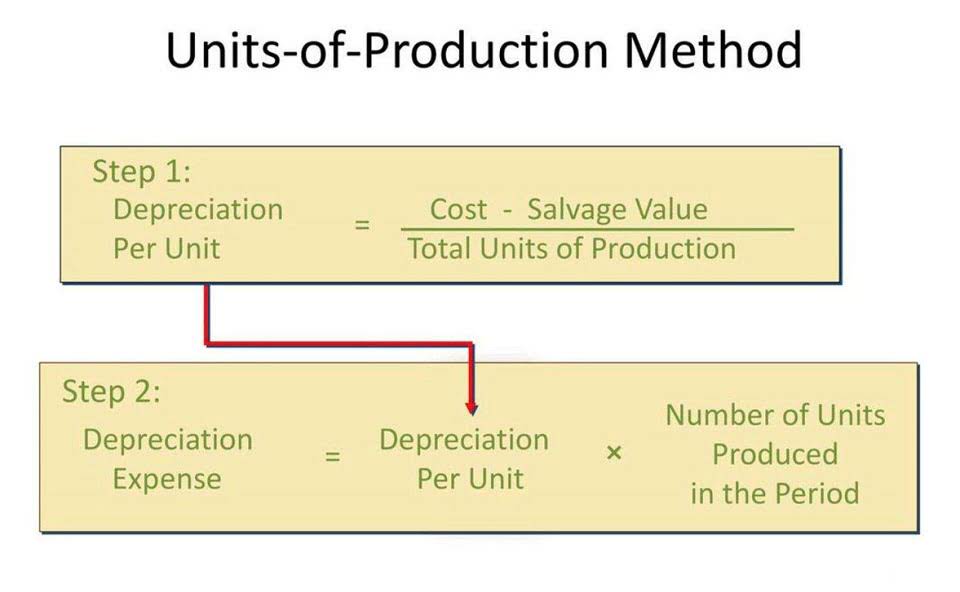
With values changing all the time, companies that purchased real estate property even five years ago could almost certainly get more for that property now. Yet cost accounting requires they continue to value that asset at the price they paid for it, less any depreciation. Liquid assets, like debt or equity investments, are exempt from the cost principle.
Key Elements of ABC

One of the standout advantages of Activity-Based Costing is the ability to price your products more effectively through accurate cost determination. By allocating overhead costs based on actual activities and their consumption of resources, ABC helps reveal the true cost of producing each product. This allows you to price products in a way that accurately reflects the investment of resources they require. The cost principle mandates that all financial transactions should be recorded at the cost at which they were incurred. The principle is rooted in the idea that historical cost provides a reliable and objective measure of value, as it is based on actual transactions and documented evidence. Despite these alternatives, the cost principle remains one of the most widely used accounting conventions.

It may result in your business being undervalued.
- Through ABC, you unearth a wealth of insights that enable you to allocate resources more effectively, ensuring that they’re directed towards the most profitable activities.
- We offer an extensive library of learning materials, including interactive flashcards, comprehensive textbook solutions, and detailed explanations.
- When using other methods of accounting, like fair market value, cost verifications can be harder to provide.
- They act as quantifiable metrics that link the consumption of resources to the activities that instigate the cost.
Activity cost drivers are crucial for measuring how different aspects of your business consume resources. They act as quantifiable metrics that link the consumption retained earnings balance sheet of resources to the activities that instigate the cost. To put it simply, cost drivers are units of measurement that help you understand how much of a particular resource an activity uses.

Improved Product Pricing through Accurate Costing
Some long-term assets that need to fall under the cost principle are heavy machinery and equipment. Both are expected to last for years to come, and can see an increase or decrease in value, depending on the market. They need to be recorded at face value, and are balance sheet items that maintain their original cost.
Advantages of cost principle
By using the original purchase price, accountants can avoid the subjectivity and potential bias that might arise from estimating current market values. The Cost Principle is a critical accounting convention law firm chart of accounts that ensures businesses record their assets and liabilities accurately. It provides a reliable basis for financial reporting, enabling investors, creditors, and other stakeholders to make informed decisions.
In this case, the £100,000 asset will depreciate in value by £20,000 each year. Shaun Conrad is a Certified Public Accountant and CPA exam expert with a passion the cost principle is used: for teaching. After almost a decade of experience in public accounting, he created MyAccountingCourse.com to help people learn accounting & finance, pass the CPA exam, and start their career.

Advance Your Accounting and Bookkeeping Career
Activity-Based Costing represents a significant evolution in cost accounting, aligning closely with modern production and service environments. Its ability to integrate features like labor, capacity, and electricity into cost calculations offers unparalleled clarity and accuracy. By extending traditional approaches and addressing their deficiencies, ABC empowers organizations to achieve a more refined understanding of profitability and operational efficiency.